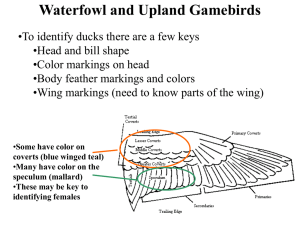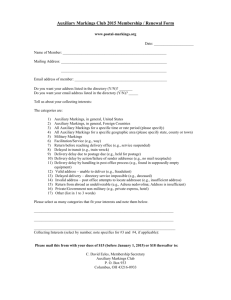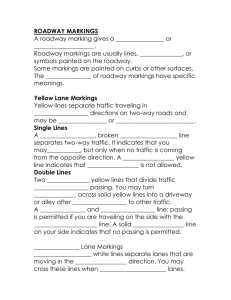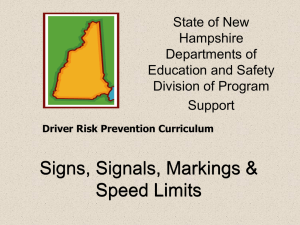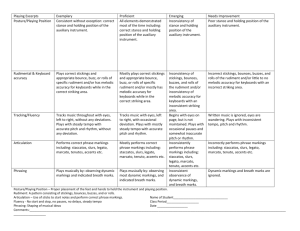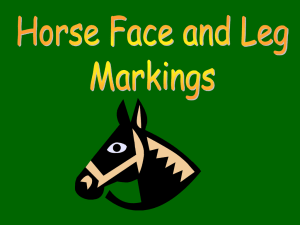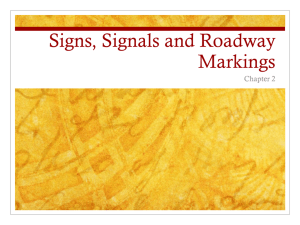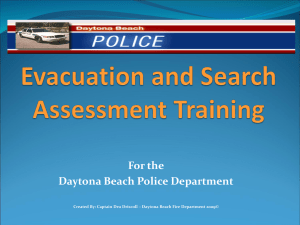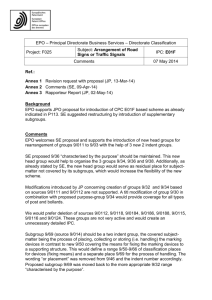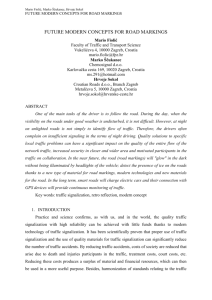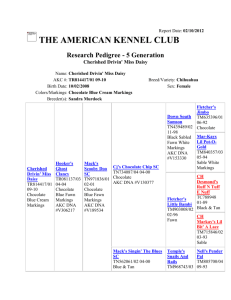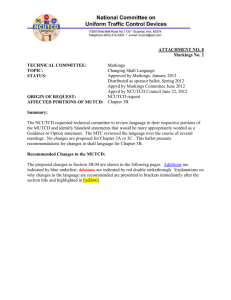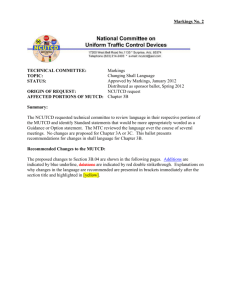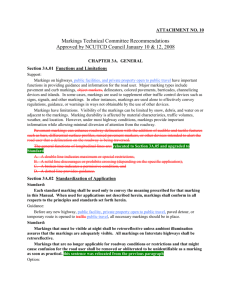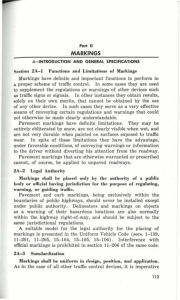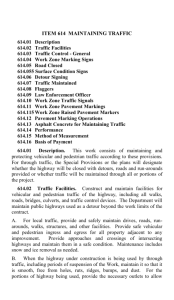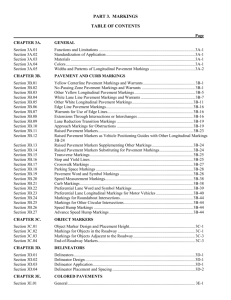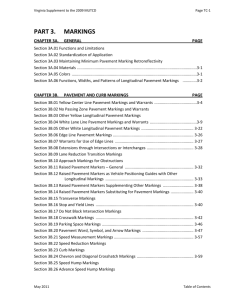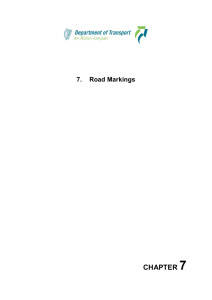Speed reduction markings
advertisement
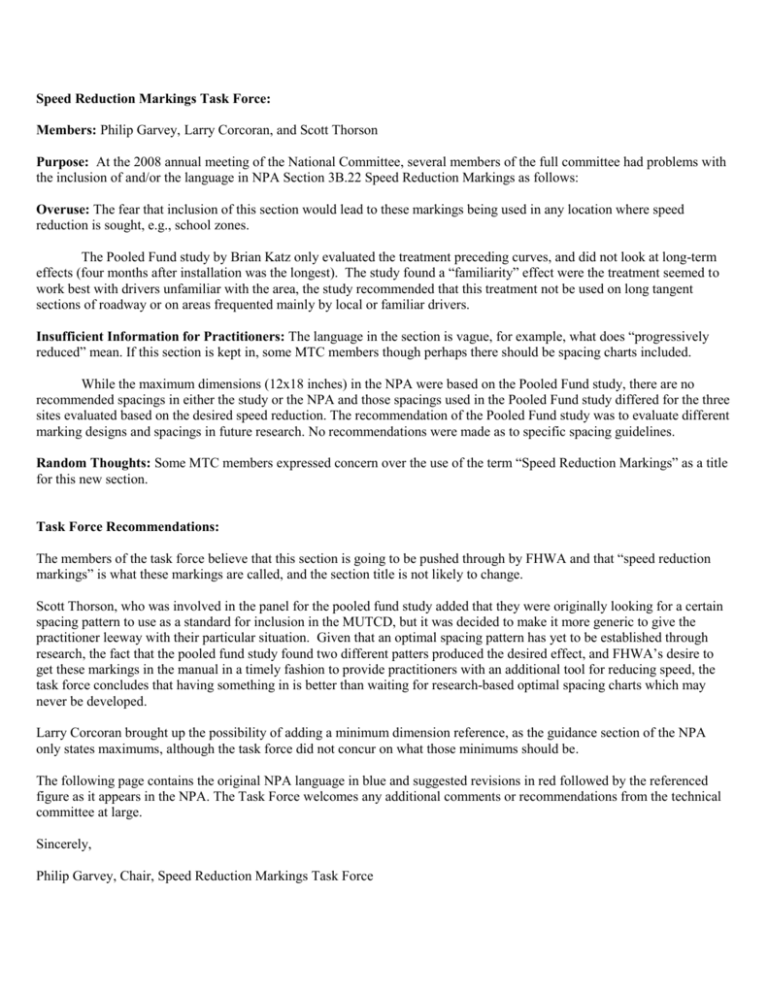
Speed Reduction Markings Task Force: Members: Philip Garvey, Larry Corcoran, and Scott Thorson Purpose: At the 2008 annual meeting of the National Committee, several members of the full committee had problems with the inclusion of and/or the language in NPA Section 3B.22 Speed Reduction Markings as follows: Overuse: The fear that inclusion of this section would lead to these markings being used in any location where speed reduction is sought, e.g., school zones. The Pooled Fund study by Brian Katz only evaluated the treatment preceding curves, and did not look at long-term effects (four months after installation was the longest). The study found a “familiarity” effect were the treatment seemed to work best with drivers unfamiliar with the area, the study recommended that this treatment not be used on long tangent sections of roadway or on areas frequented mainly by local or familiar drivers. Insufficient Information for Practitioners: The language in the section is vague, for example, what does “progressively reduced” mean. If this section is kept in, some MTC members though perhaps there should be spacing charts included. While the maximum dimensions (12x18 inches) in the NPA were based on the Pooled Fund study, there are no recommended spacings in either the study or the NPA and those spacings used in the Pooled Fund study differed for the three sites evaluated based on the desired speed reduction. The recommendation of the Pooled Fund study was to evaluate different marking designs and spacings in future research. No recommendations were made as to specific spacing guidelines. Random Thoughts: Some MTC members expressed concern over the use of the term “Speed Reduction Markings” as a title for this new section. Task Force Recommendations: The members of the task force believe that this section is going to be pushed through by FHWA and that “speed reduction markings” is what these markings are called, and the section title is not likely to change. Scott Thorson, who was involved in the panel for the pooled fund study added that they were originally looking for a certain spacing pattern to use as a standard for inclusion in the MUTCD, but it was decided to make it more generic to give the practitioner leeway with their particular situation. Given that an optimal spacing pattern has yet to be established through research, the fact that the pooled fund study found two different patters produced the desired effect, and FHWA’s desire to get these markings in the manual in a timely fashion to provide practitioners with an additional tool for reducing speed, the task force concludes that having something in is better than waiting for research-based optimal spacing charts which may never be developed. Larry Corcoran brought up the possibility of adding a minimum dimension reference, as the guidance section of the NPA only states maximums, although the task force did not concur on what those minimums should be. The following page contains the original NPA language in blue and suggested revisions in red followed by the referenced figure as it appears in the NPA. The Task Force welcomes any additional comments or recommendations from the technical committee at large. Sincerely, Philip Garvey, Chair, Speed Reduction Markings Task Force 50 Section 3B.22 Speed Reduction Markings 1 Support: 2 Speed reduction markings (see Figure 3B-30) are transverse markings that are placed on the roadway 3 within a lane (along both edges of the lane) in a pattern of progressively reduced spacing to give drivers the 4 impression that their speed is increasing. These markings might be placed in advance of an unexpectedly 5 severe horizontal or vertical curves or other roadway features where drivers need to decelerate prior to reaching the feature and where 6 the desired reduction in speeds has not been achieved by the installation of warning signs and/or other traffic 7 control devices. 8 Standard: 9 If used, speed reduction markings shall be a series of white transverse lines on both sides of the lane 10 that are perpendicular to the center line, edge line, or lane line. The longitudinal spacing between the 11 markings shall be progressively reduced from the upstream to the downstream end of the marked 12 portion of the lane. 13 Guidance: 14 Speed reduction markings should not be greater than 300 mm (12 in) in width, and should not extend 15 more than 450 mm (18 in) into the lane. 16 Standard: 17 Speed reduction markings shall not be used in lanes that do not have a longitudinal line (center line, 18 edge line, or lane line) on both sides of the lane. 19 Guidance: 20 Speed reduction markings should be used to supplement the appropriate warning signs and other traffic 21 control devices rather than as a substitute for these devices. Speed reduction markings should be reserved for unexpected curves and should not be used on long tangent sections of roadway or in areas frequented mainly by local or familiar drivers, (e.g., school zones).
